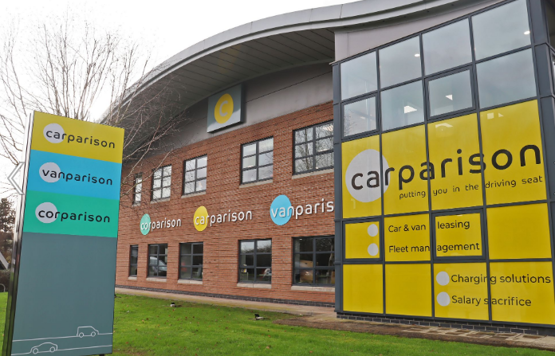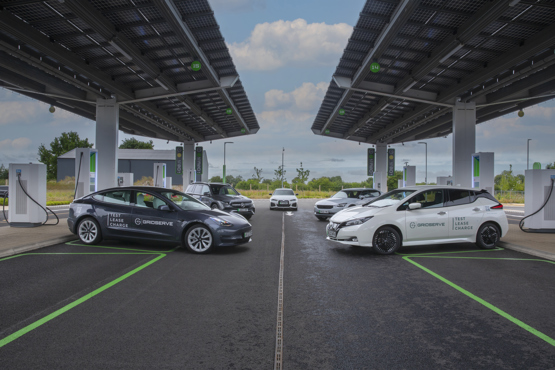
Gideon Kedem argues that cameras, radars and LiDAR are all very important to autonomous driving
There was a lot debate about sensor expertise throughout the automotive business and the function that cameras, radars and LiDARs will play in the way forward for autonomous driving. The dialogue has centred round the price and viability of every sensor kind, prompting some automakers to maneuver away from radar and LiDAR options in favour of camera-based autonomous expertise.
The fact is that every sensor kind has its personal strengths and weaknesses, and all three applied sciences are very important to the development of autonomous expertise. Cameras excel in studying road indicators and classifying objects however are restricted in poor climate circumstances. Radars present correct measurements of pace and distance and excel in poor climate however can not learn indicators and battle with site visitors lights. LiDARs are extremely correct at measuring objects however are costly.
Whereas the usage of radar within the automotive business dates again to the Nineteen Eighties, radar expertise has been the topic of great debate for years. That’s as a result of legacy automobile architectures restrict the quantity of information that radars can transmit to the CPU.
Does this imply the top for radar inside automotive design? Not essentially.
Radars generate large quantities of information, however current hyperlinks merely don’t provide adequate bandwidth to help the transmission of uncooked information from radars to ECUs. This has compelled radar producers to dedicate native processing capabilities inside their radars themselves. From a system perspective, that is sub-optimal as there isn’t any single ECU able to receiving all of the uncooked information to make a strong resolution based mostly on it.
For radar producers to make inroads in autonomous methods, they need to transition from this structure—the place the radar and ECU are coupled on the edge—to a satellite tv for pc structure. This might transfer the information processing to a extra centralised location within the automobile, enabling an ECU to entry uncooked information from a number of sensors. The extra uncooked information processed by an ECU, the extra correct the choice may be.
This follows the development of sensor fusion happening within the automotive business, which allows a automobile’s central computing unit to account for varied radars, cameras and LiDARs—every of which have their very own strengths and weaknesses. Sensor fusion has the potential to considerably decrease complexity and prices on this period of software program outlined automobiles, whereas serving to vehicles make safer choices. Centralised processors within the automotive can extract way more info from uncooked information utilizing AI and machine studying methods, that are tougher to implement when processing the information from every radar sensor regionally. With a big variety of software program corporations creating such algorithms, this will allow even larger accuracy and efficiency.

The satellite tv for pc radar structure has different benefits. By eradicating heavy native processing from the sensor unit, radars will grow to be way more energy environment friendly, in addition to inexpensive. Energy effectivity is a prime precedence for OEMs as, with the electrification of the engine, energy consumption by the varied units within the automobile has a direct influence on the driving vary of the automobile. Lowering prices can be necessary as a result of radars are normally situated in susceptible locations throughout the automobile which can be prone to influence and harm.
Satellite tv for pc structure requires the tunneling of uncooked information at excessive bandwidth and low latency between the host processor and the distant sensors. That is the kind of high-speed connectivity resolution that the MIPI A-PHY standard goals to attain. For the primary time, the business now has a streamlined, standardised resolution to ship excessive bandwidth uncooked information from radars to a central ECU.
All sensor sorts will play an important function in enabling the subsequent phases of autonomous driving, creating much less uncertainty across the navigation setting. Centralised processing has the potential to vastly enhance the present implementation of assorted sensor options, and that is the place radar will proceed to play an important function transferring ahead.
The opinions expressed listed here are these of the creator and don’t essentially mirror the positions of Automotive World Ltd.
Gideon Kedem is Senior Vice President and Head of Automotive at Valens Semiconductor
The Automotive World Remark column is open to automotive business resolution makers and influencers. If you need to contribute a Remark article, please contact editorial@automotiveworld.com








